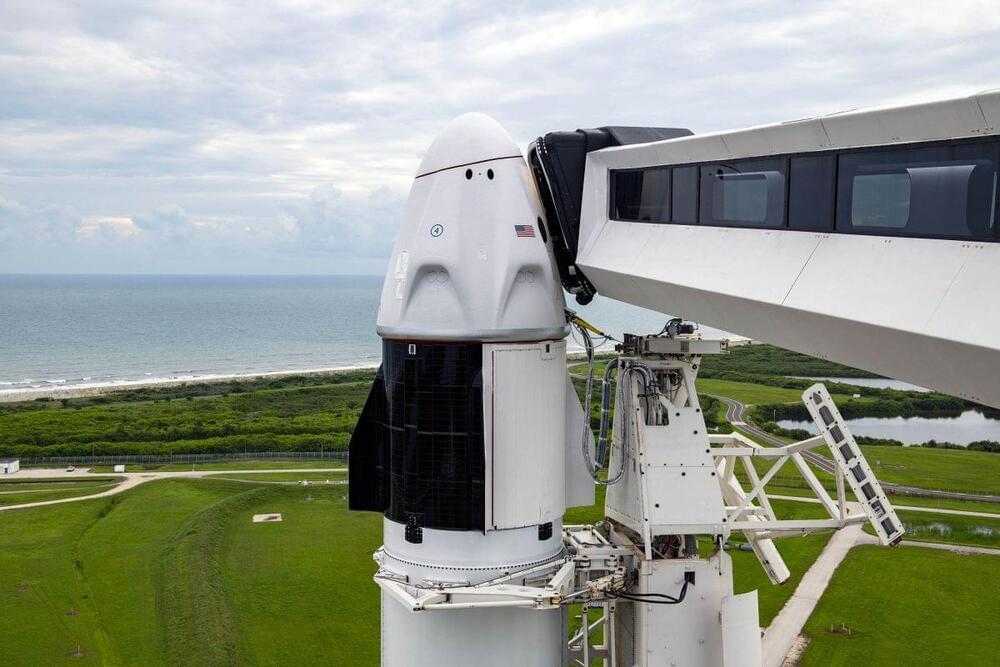Ending the global sanitation crisis — jack sim, founder world toilet organization.
Around 2 billion people worldwide still lack access to the basic tools of improved sanitation (toilets and latrines). One billion people still have to defecate in the open, and at least 10% of the world’s population is thought to consume food irrigated by raw wastewater. An estimated 800,000 children, younger than 5 years of age, perish from diarrhea each year, including conditions related to cholera, dysentery, hepatitis A, typhoid and polio.
Mr. Jack Sim is the Founder of the World Toilet Organization (https://www.worldtoilet.org/), an organization established with the aim to break the taboo around toilets and this global sanitation crisis.
Mr. Sim is also the founder of the Restroom Association of Singapore, the World Toilet Day initiative, and Bottom of the Pyramid (BOP) Hub.
In 2,001 for “creating good will and bringing the subject into the open” and “mobilizing national support in providing on-the-ground expertise”, Mr. Sim received the Schwab Foundation award for Social Entrepreneur of the Year.







